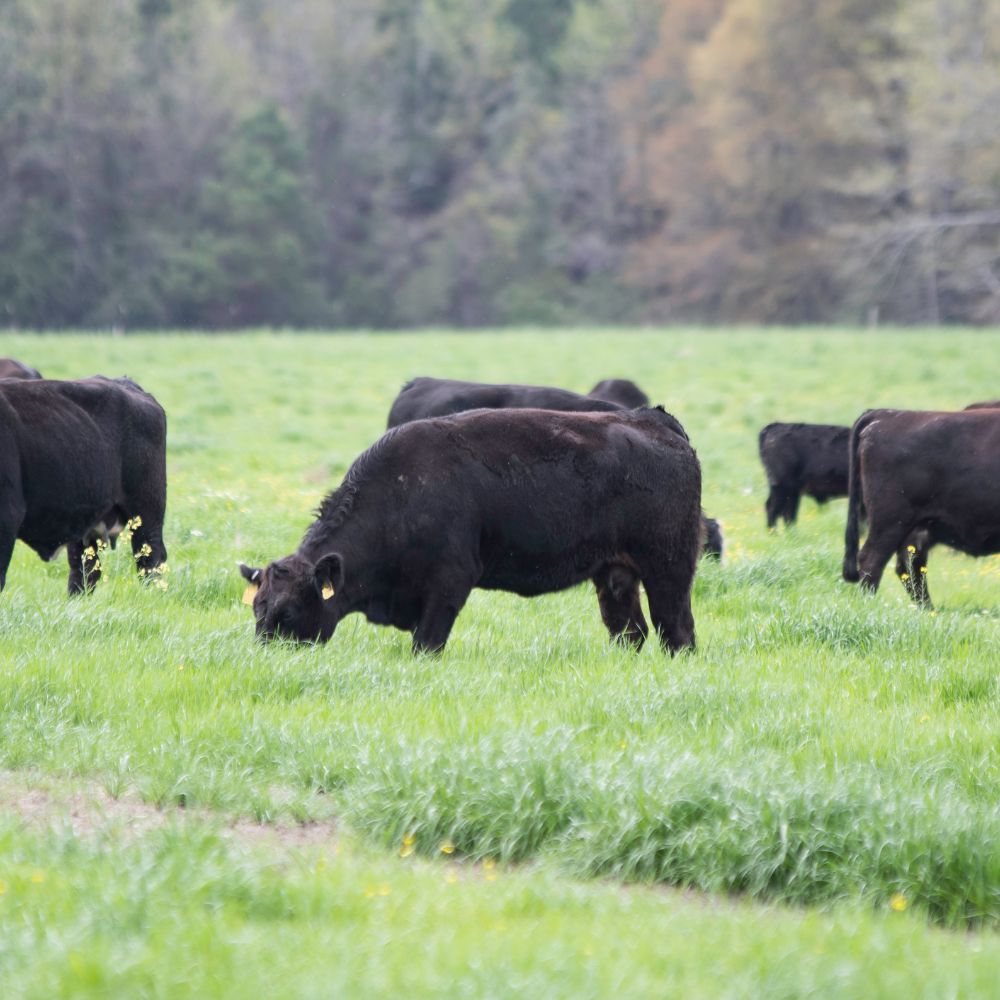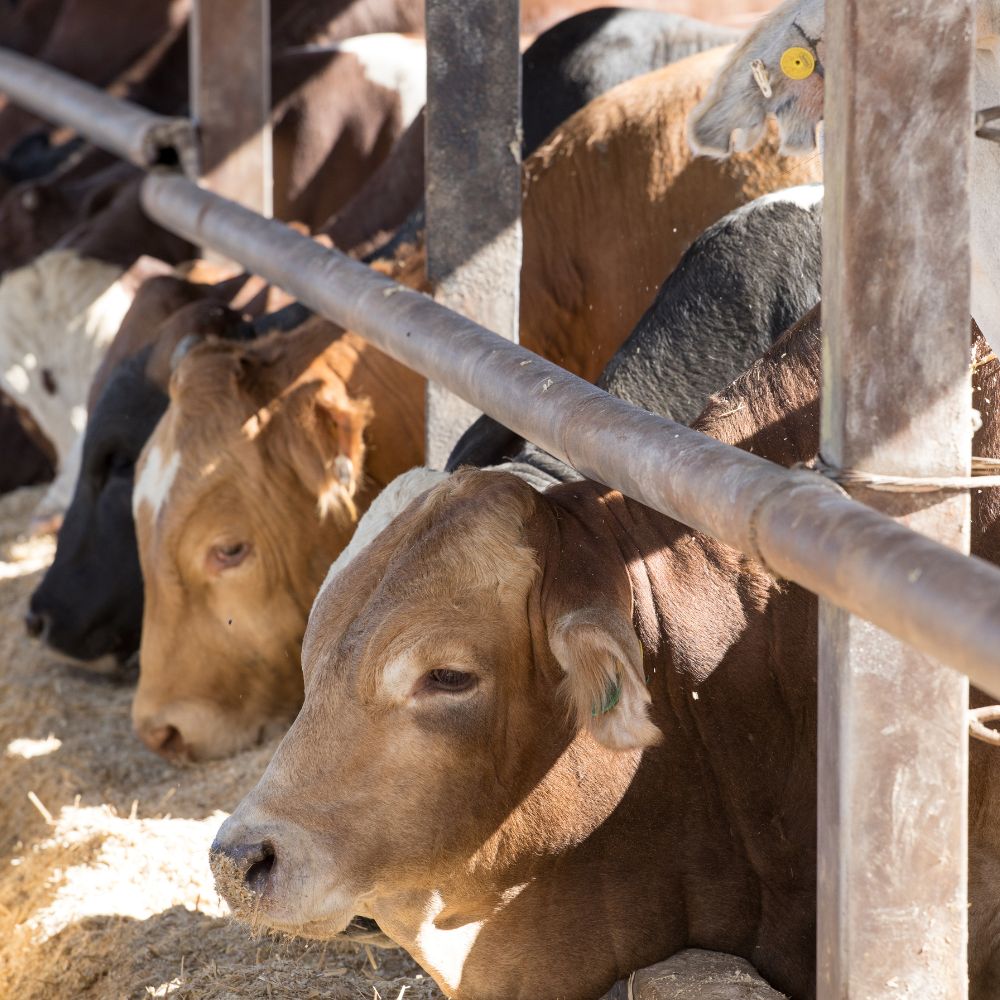The 30-Second Trick For Bagley Risk Management
The 30-Second Trick For Bagley Risk Management
Blog Article
A Biased View of Bagley Risk Management
Table of ContentsEverything about Bagley Risk ManagementThings about Bagley Risk ManagementFascination About Bagley Risk ManagementThe Ultimate Guide To Bagley Risk ManagementBagley Risk Management for DummiesBagley Risk Management Things To Know Before You Buy
When your agreement reaches its end date, the last price is determined utilizing the CME Feeder Cattle Index. This is based upon sale barns throughout the Midwest (not simply your regional market). If the index drops listed below your agreement's insurance coverage rate, you might be paid the difference. Price Change Elements will use.Livestock Risk Protection (LRP) is a USDA subsidized insurance program that helps protect manufacturers from the risks that come from market volatility. With LRP, producers have the ability to guarantee a flooring price for their livestock and are paid an indemnity if the marketplace value is lower than the insured rate.
This product is planned for. Livestock risk protection insurance.
Bagley Risk Management - An Overview

In the last number of months, numerous people at FVC and PCM have gotten concerns from manufacturers on which threat monitoring tool, LRP vs. Futures, is much better for a pork producer? Like the majority of devices, the response relies on your procedure's objectives and scenario. For this version of the Dr.'s Corner, we will certainly check out the situations that tend to favor the LRP tool.
In Mike's analysis, he compared the LRP computation versus the future's market close for each day of the previous two decades! The percent shared for each and every month of the given year in the first area of the table is the percent of days in that month in which the LRP estimation is less than the futures close or in various other words, the LRP would possibly compensate greater than the futures market - https://www.anyflip.com/homepage/ojhqz#About. (Livestock risk protection)
As an example, in January 2021, all the days of that month had LRP potentially paying greater than the futures market. Conversely, in September 2021, all the days of that month had the futures market potentially paying more than LRP (zero days had LRP less than futures close). The propensity that shows itself from Mike's evaluation is that a SCE of a LRP has a greater likelihood of paying a lot more versus futures in the months of December to Might while the futures market has a greater possibility of paying a lot more in the months of June to November.
Bagley Risk Management Can Be Fun For Everyone

50 or $5. 00). As an instance, in 2019, LRP was far better or within a $1. 25 of the futures market over 90% of the days in all the months other than June and August. Table 2 portrays the average basis of the SCE LRP computations versus the future's close for the offered timespan per year.
Again, this information sustains a lot more likelihood of an SCE of a LRP being much better than futures in December with May for a lot of years. As an usual care with all analysis, previous performance is NO guarantee of future performance! It is necessary that producers have accounting protocols in place so they know their expense of manufacturing and can much better figure out when to use threat monitoring devices.
Some Ideas on Bagley Risk Management You Should Know
Some on-farm feeders might be pondering the need for rate defense right now of year on calf bones preserved with the intent to feed them to a finish weight sometime in 2022, using readily available feed sources. In spite of strong fed cattle prices in the current regional market, feed expenses and current feeder calf values still produce tight feeding margins progressing.
23 per cwt. The current typical auction rate for 500-600 extra pound guides in Nebraska is $176 per cwt. This suggests a break-even rate of $127. 57 for the 1,400-pound steer visite site in July of 2022. The June and August live cattle contracts on the CME are presently trading for $135. 58 and $134.
Cattle-feeding ventures tend to have tight margins, like many agricultural business, because of the competitive nature of business. Cattle feeders can bid more for inputs when fed livestock prices rise. https://medium.com/@andrewbagley62685/about. This raises the cost for feeder cattle, specifically, and rather boosts the costs for feed and other inputs
All About Bagley Risk Management
Regions far from significant processing facilities often tend to have an unfavorable basis. It is essential to note that regional results likewise influence basis values for 500-600 pound steers in the autumn. Nebraska livestock are close to significant processing centers. As a result, basis declares or zero on fed cattle across much of the state.
Only in 2020 did the LRP coverage price exceed the ending worth by sufficient to cover the costs cost. However, the net impact of having this LRP protection in 2019-20 was substantial, adding $17. 88 per cwt. down line. The result is a positive ordinary internet result over all five years of $0.
37 The producer premium decreases at lower coverage levels yet so does the coverage price. The impact is a lower web result (indemnity costs), as coverage level decreases. This shows reduced reliable degrees of security. Since producer costs are so low at lower insurance coverage levels, the producer loss proportions (indemnity/premium) boost as the protection level decreases.
The Single Strategy To Use For Bagley Risk Management
Generally, a manufacturer should consider LRP protection as a mechanism to protect output price and succeeding earnings margins from a threat monitoring standpoint. Nonetheless, some manufacturers make an instance for insuring at the lower levels of coverage by concentrating on the choice as an investment in risk monitoring protection.

Report this page